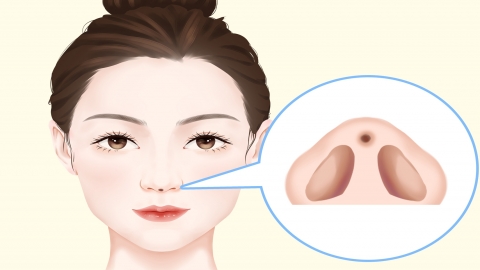Will the nose implant move after Gore-Tex rhinoplasty?
Generally, ePTFE rhinoplasty involves implanting the ePTFE material beneath the nasal dorsum fascia to elevate the nose. The usual reference price for ePTFE rhinoplasty ranges from 5,000 to 10,000 yuan per session, and some improvement is typically noticeable within 3 to 10 days. Whether the ePTFE implant will become loose after surgery mainly depends on the material quality, fixation method, and postoperative recovery. If the material is of good quality, properly fixed, and appropriate postoperative care is provided, the implant generally does not become loose. However, if the material quality is poor, fixation is inadequate, and postoperative care is improper, looseness may occur. If any discomfort arises, it is recommended to seek medical attention promptly. Detailed analysis is as follows:

There are several types of materials used for ePTFE rhinoplasty. If a porous material is selected, it may integrate with surrounding tissues after implantation. When sufficient fixation measures are taken during surgery and the material is closely adhered to surrounding tissues, its stability is relatively good. Additionally, with appropriate postoperative care and no infection or other discomfort, the implant generally does not become loose. However, continued observation is necessary, and frequent touching of the area should be avoided.
However, if a simpler type of ePTFE material is used that does not integrate with surrounding tissues and has poor fixation, combined with improper postoperative care or complications such as nasal infection, redness, or trauma, the implant may become loose. Therefore, proper postoperative protection of the surgical site is essential, including regular disinfection, cleaning, and avoiding strenuous activities. If significant looseness occurs, re-fixation under medical supervision may be required.
After undergoing ePTFE rhinoplasty, regular follow-up observation is recommended. If any of the aforementioned discomforts occur, timely and targeted management under a physician's guidance is necessary. Additionally, it is advisable to avoid other cosmetic procedures in the short term to prevent complications.





